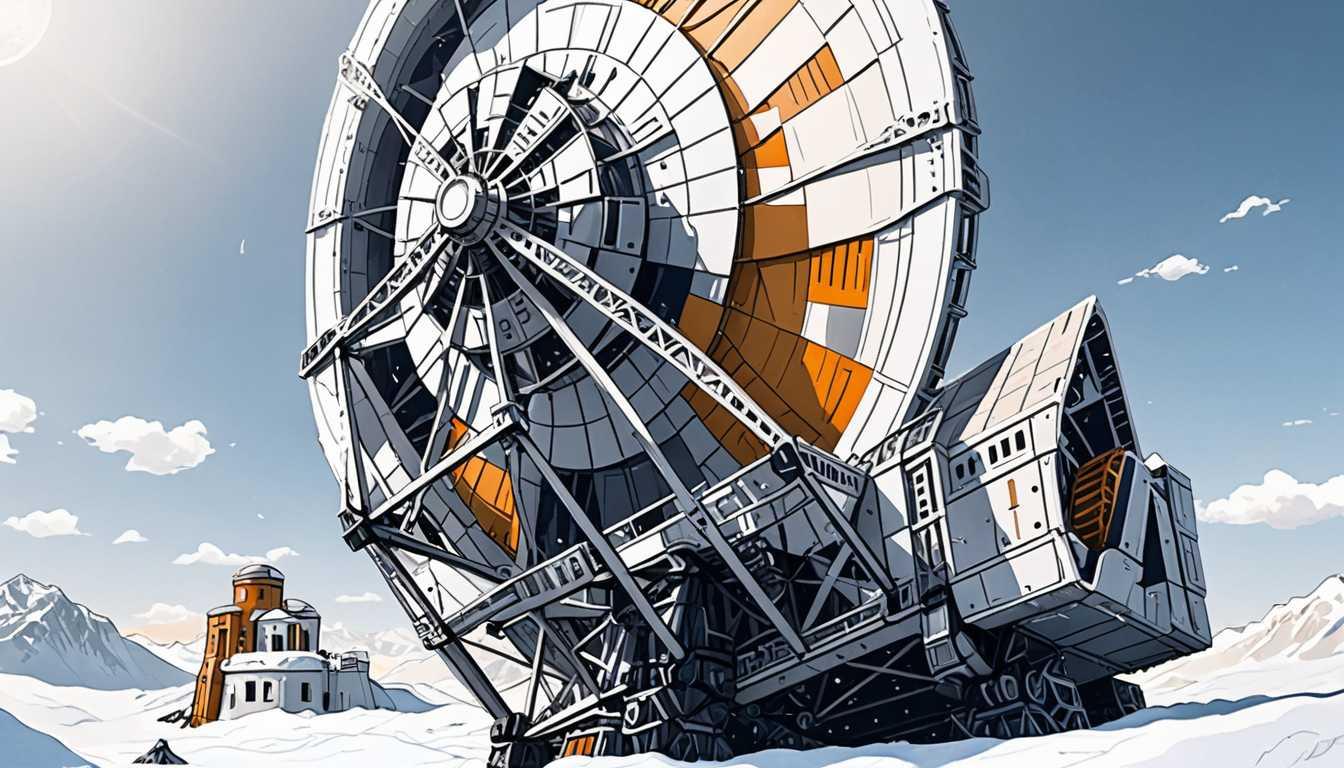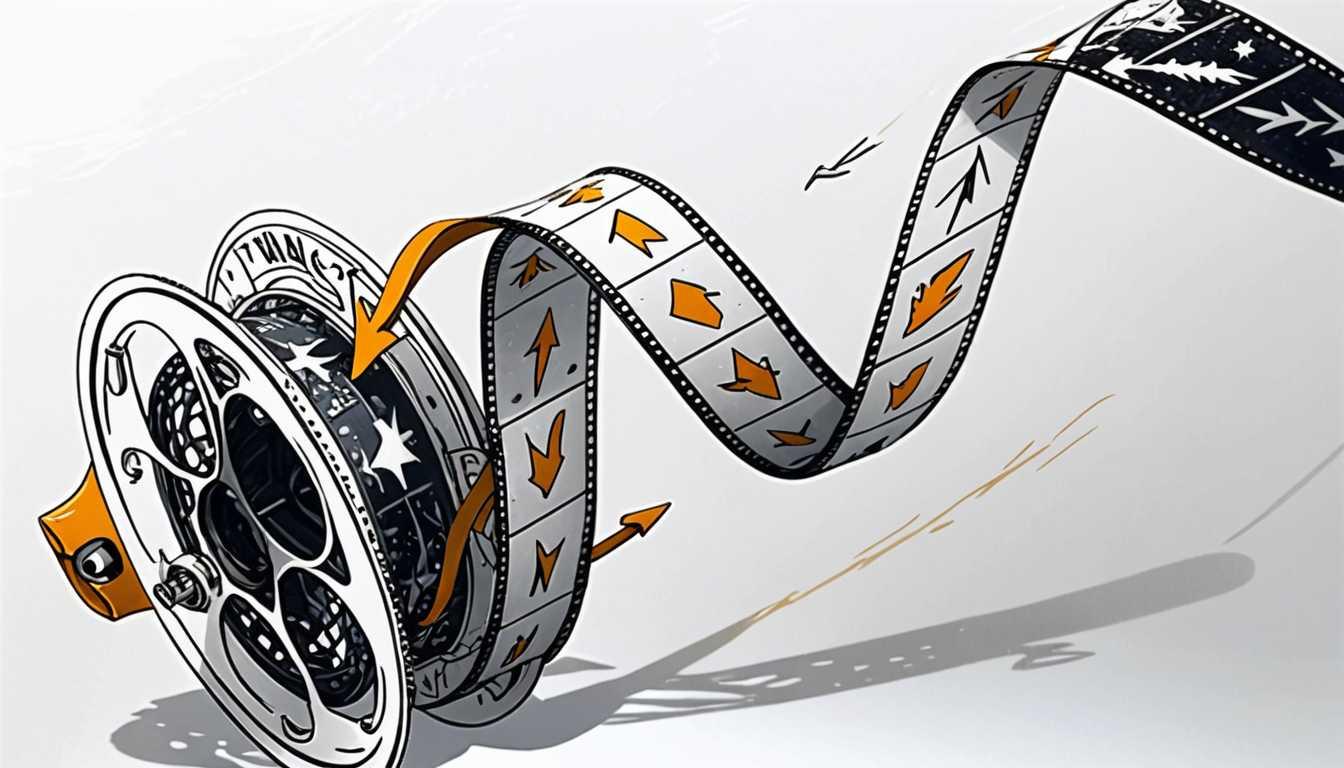Quantum Leap: Errors Turn Hero
June 2023
UC Berkeley
Introduction
Dive into the world of quantum computing with UC Berkeley's latest breakthrough! Discover how researchers have outsmarted classical supercomputers with a 127-qubit quantum beast, even without perfect error correction. This isn't your typical tech showdown; it's a glimpse into a future where quantum computers tackle physics problems beyond classical reach. With humor, errors, and a bit of quantum magic, find out how boosting noise can actually sharpen results. Ready to see the future? Click and be amazed!
READ FULL ARTICLEWhy It Matters
Discover how this topic shapes your world and future
Quantum Quests and Classical Challenges
Imagine a world where diseases are cured faster than ever, weather predictions are incredibly accurate, and new materials are invented to make our lives easier. This isn't a fantasy—it's the potential future with quantum computing. Unlike classical computers that use bits (zeros and ones) to process information, quantum computers use qubits. These qubits can be both zero and one at the same time, thanks to a magical property called quantum superposition. This allows quantum computers to solve complex problems much faster than their classical counterparts. However, quantum computers are like wild horses—powerful but hard to control. They make errors because of noise, which is any unwanted change in the qubit's state caused by their incredibly sensitive nature. But here's the kicker: researchers have found a way to make these wild horses a bit more tamable by cleverly using noise to their advantage. This breakthrough could help quantum computers solve real-world problems even with their imperfections, marking the dawn of a new era in computing. This is not just exciting for scientists but for you too. Imagine being part of a generation that harnesses the power of quantum computing to revolutionize the world!
Speak like a Scholar
Quantum Computing
A type of computing that uses quantum bits or qubits, which can represent and store information in a way that classical bits cannot, allowing for faster problem-solving.
Qubits
The basic unit of quantum information, which can exist in multiple states at once, thanks to superposition.
Superposition
A quantum principle that allows particles like qubits to exist in multiple states (e.g., 0 and 1) simultaneously.
Entanglement
A phenomenon where qubits become interconnected and the state of one (whether it's 0 or 1) can depend on the state of another, no matter the distance between them.
Quantum Noise
Unwanted changes in qubits' states caused by their environment, leading to errors in quantum computations.
Error Mitigation
Techniques used to reduce the impact of errors in quantum computations without directly correcting the errors themselves.
Independent Research Ideas
Exploring Quantum Error Mitigation Techniques
Dive into the innovative ways scientists are trying to reduce errors in quantum computing. What makes these techniques promising, and how do they work?
Quantum Computing and Material Science
Investigate how quantum computing could transform the field of material science, leading to the discovery of new materials with unique properties.
The Role of Quantum Computing in Climate Predictions
Explore how the power of quantum computing could revolutionize our ability to predict climate changes and weather patterns with unprecedented accuracy.
Quantum Computing in Medicine
Look into the potential applications of quantum computing in medicine, such as speeding up drug discovery and personalized medicine.
The Evolution of Classical Computing in the Age of Quantum
Study how classical computing is evolving in response to the advancements in quantum computing. How are classical algorithms changing, and what does this mean for the future of computing?
Related Articles

Unveiling Cosmic Teen Secrets
August 2023
Stanford University

Quantum Twist: Chaos & Order Unite
September 2023
Cornell University

Quantum Computing's Exotic Twist
April 2023
Cornell University

Quantum Computing's Error-Solving Breakthrough
March 2024
California Institute of Technology

Magic Wand for Videos: DynIBar Revealed
July 2023
Cornell University